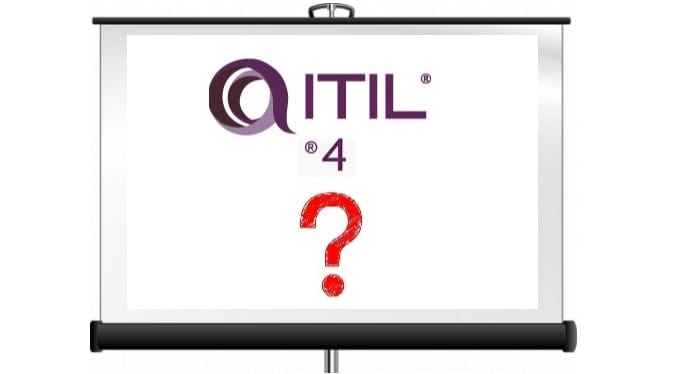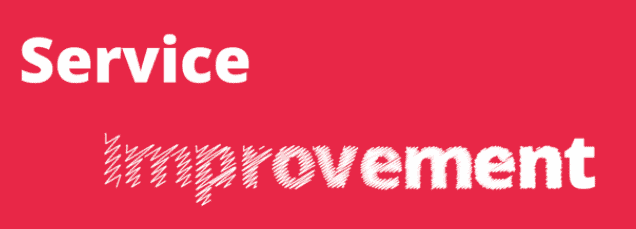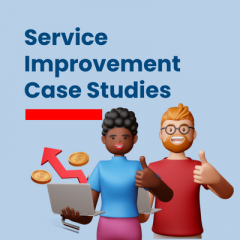
by Jamie Bell, Service Desk Specialist, SDI
Follow Jamie on Twitter: @thepapabell
With ITIL being arguably the most widely accepted framework for IT Service Management worldwide, the release of ITIL 4 has many service desk professionals wondering what this means for them.
In ITIL 2011 (or ITIL v3) the service desk was recognised as a function, with the definition of a function essentially being a team or group of people and the resources used to carry out processes or activities. The most common processes associated with the service desk were incident management and request fulfilment. Other functions in ITIL 2011 include, technical management, application management and IT operations management. All four functions can touch any of the service life-cycle stages and their processes.
ITIL 4 introduces us to the service value system (or SVS) which demonstrates how value can be created with IT-enabled services by having various components and activities of an organization working cohesively. The components of the SVS are:
- The ITIL guiding principles
- The ITIL practices
- Governance
- The ITIL service value chain
- Continual improvement
I’m going to provide some insight into 2 of the changes and how they may impact service desk ways of working. The 2 changes I’ll be taking a quick look at in this blog are ITIL Practices and The ITIL Guiding Principles.
ITIL Practices
The most common talking point I’ve heard around ITIL 4 is the rebrand of ‘ITIL Processes’. ITIL Processes are now known as ITIL Practices. I’ve heard some skepticism around the reasons for the rebrand of processes to practices. However, I do think it was needed as a process is commonly interpreted as just being a workflow or workflow instructions. A practice is a much bigger thing. A practice, defined by ITIL is “a set of organizational resources designed for performing work or accomplishing an objective.” Organizational resources are grouped into The Four Dimensions of Service Management. (Think ‘The Four P’s of Service Design.)
The Four Dimensions of Service Management are:
- Organisations and people
- Information and technology
- Partners and suppliers
- Value streams and processes
If we take Incident Management and look at this as a practice as opposed to a process, we start to see a much bigger picture being formed. We should be considering the teams and the people within those teams required to deliver Incident Management effectively. The demand that will need to be met. We also should be considering the technology required, what information is needed and are there any 3rd party suppliers or partners involved?
When you lay out the full requirements to successfully run Incident Management, for example, it’s clear that you need more than just ‘a process’. ITIL 4 presents this in a nice digestible way.
ITIL Guiding Principles
The guiding principles first appeared in 2016 in the ITIL Practitioner publication. Practitioner gave us 9 guiding principles, which have now been consolidated down to 7 principles in ITIL 4.
The 7 guiding principles are:
- Focus on value
- Start where you are
- Progress iteratively with feedback
- Collaborate and promote visibility
- Think and work holistically
- Keep it simple and practical
- Optimize and automate
I’ll take 2 out of the 7 to discuss now.
Focus on value
One of the key themes throughout the ITIL 4 Foundation publication is value and the co-creation of value. The primary aim of any business that wishes to be successful should be value creation. Creating value for customers helps to ensure products and services are consumed.
It’s paramount that everyone involved in the service desk within an organisation understands the value that it brings. The value should be understood, recognised and appreciated. Furthermore, the service desk needs to fully understand the value that customers receive by using its services.
The customer experience is arguably the most important consideration when delivering value to customers. As a customer facing entity, on the front-line, nowhere is the customer experience more important than at the service desk.
When making or planning improvements to an element of a service, the outcomes and the value derived from those outcomes to all stakeholders should be considered. For example, an improvement that reduces the workload for the service desk, but also limits the customer experience may result in lost value to the customer. A great example of exactly that is switching off email as a channel and forcing customers to use the service desks preferred channel, rather than the customers preferred channel.
Start where you are
When embarking on any journey, you need to have an idea of where it is that you want to go. A service improvement journey is no different, you need to have the desired outcomes in mind at the beginning. To understand where you want to get to, you also need to understand where you are. To be able to understand where you are, all the existing organizational resources that make the service desk tick should be measured to provide an initial assessment.
Before starting your service desk improvement journey, recognise that your service desk will already have various workflows, technologies, relationships, knowledge bases and so on in place. It’s easy to get the drawing board out and start designing all these again from scratch, but, discarding past efforts is not necessarily the best thing to do. You might be reinventing the wheel. It’s better to consider what elements already exist that could be built upon or re-used.
 Visit the SDI Service Improvement Area for help, ideas or advice on starting your service improvement journey. We support service desks in every area of service delivery, from leadership and employee satisfaction to ITSM tool selection, customer experience strategy, processes, metrics, reporting and more.
Visit the SDI Service Improvement Area for help, ideas or advice on starting your service improvement journey. We support service desks in every area of service delivery, from leadership and employee satisfaction to ITSM tool selection, customer experience strategy, processes, metrics, reporting and more.


























